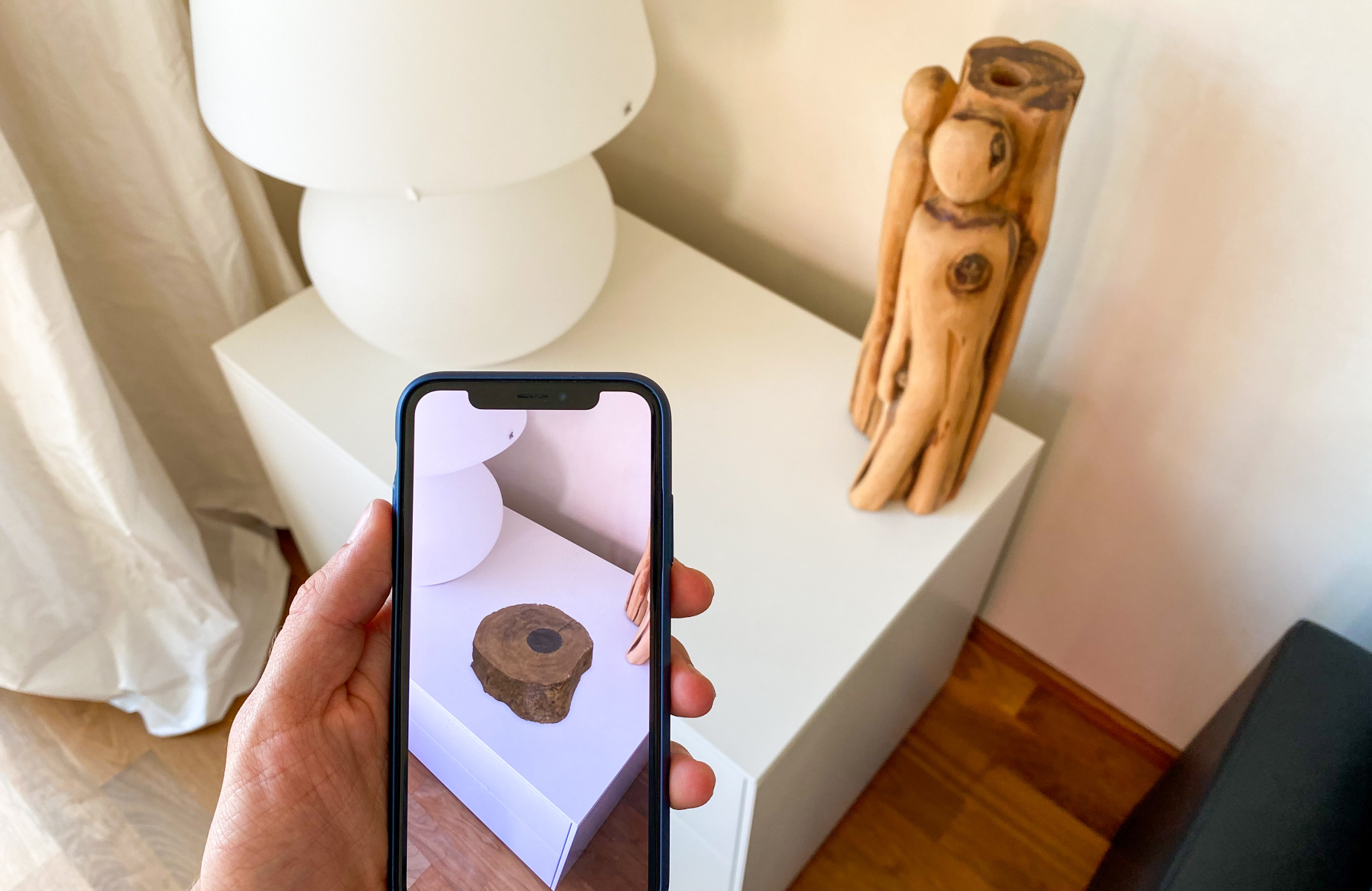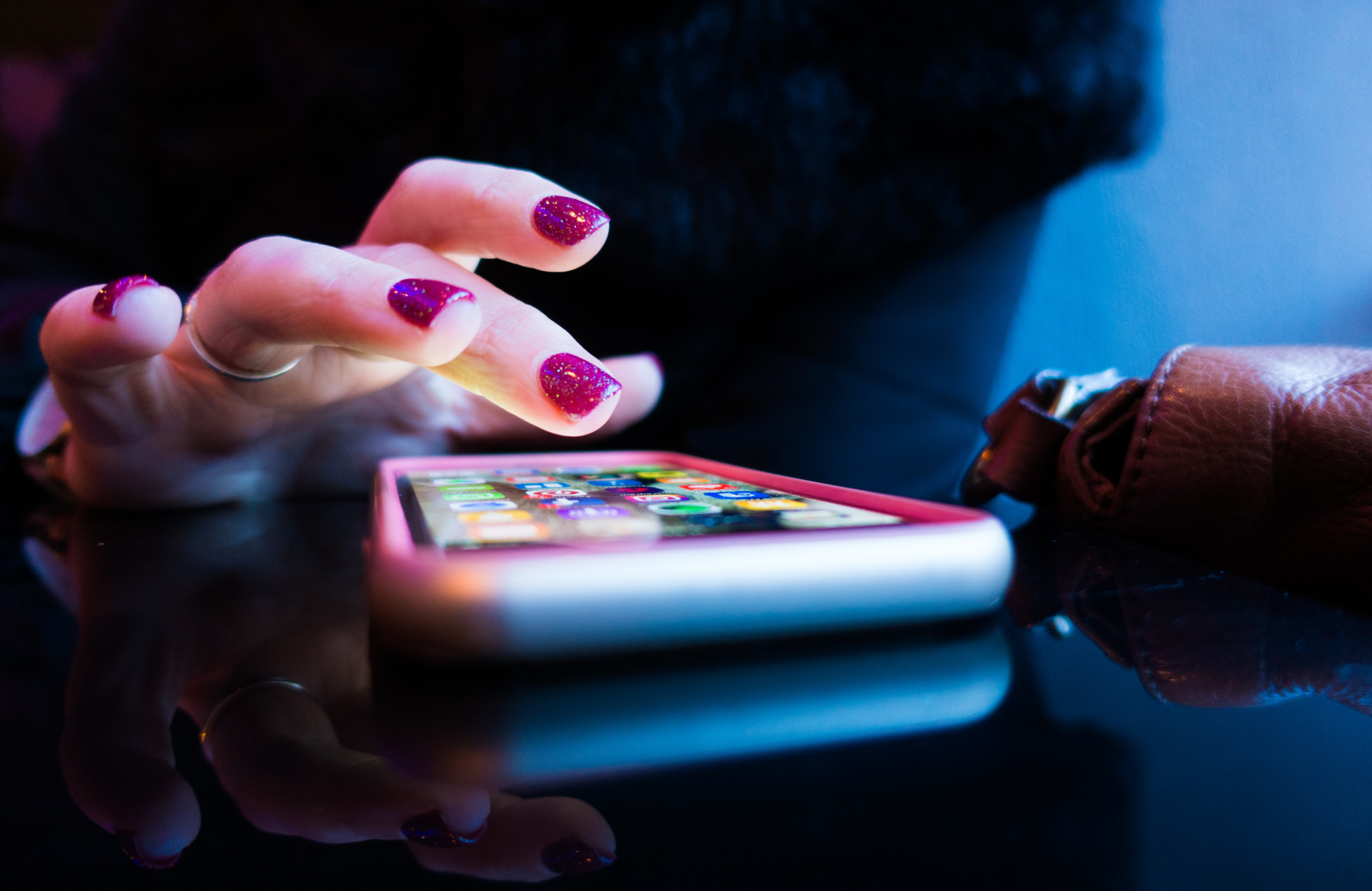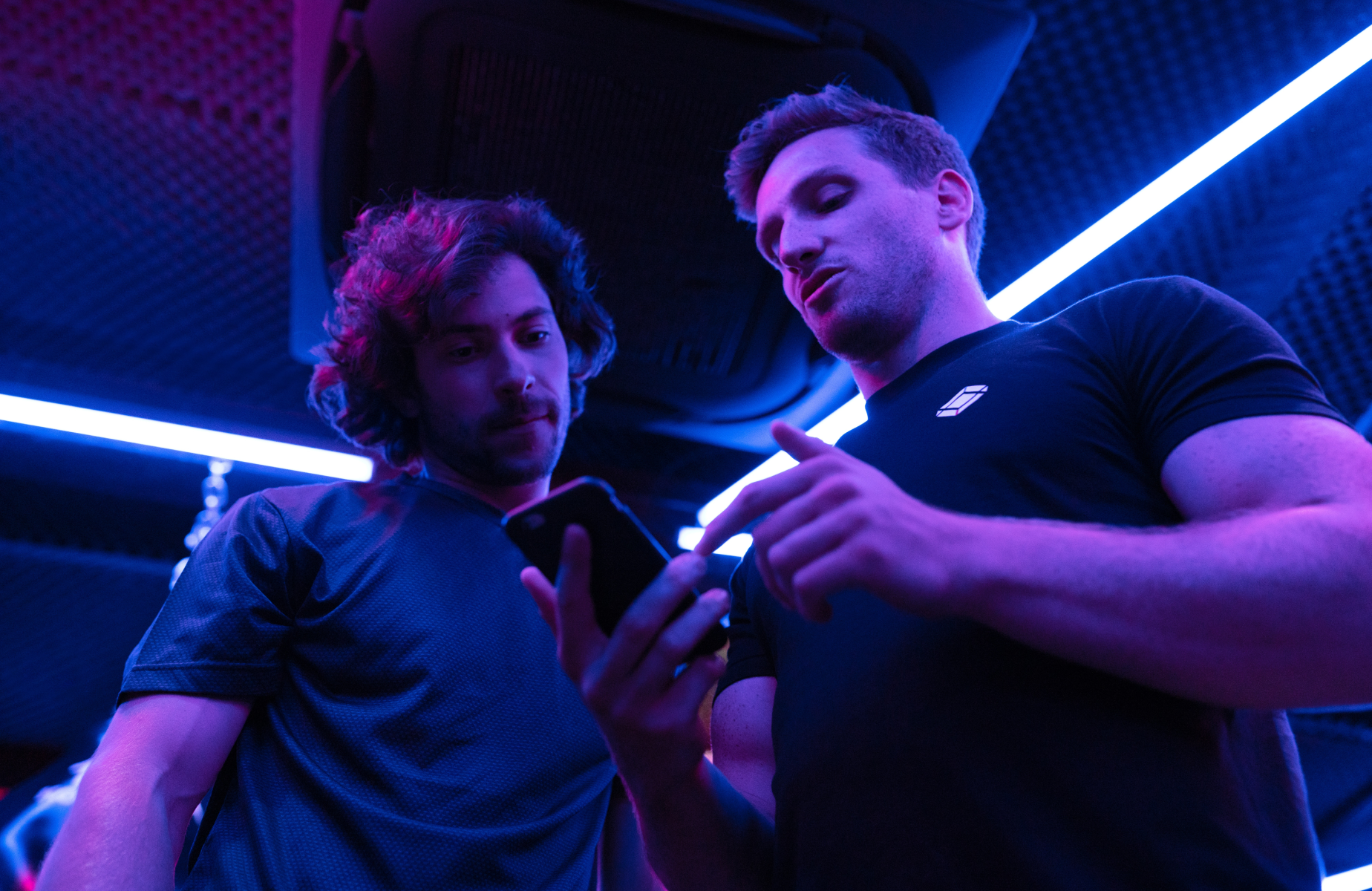Following the massive success of Pokemon Go, Augmented Reality (AR) has seen multiple applications across different industries. According to Tractica, by 2019 consumers will be using 2.2 billion augmented reality apps, with e-commerce and retail sectors being its most robust adapters. Augmented Reality is on its way to causing a profound transformation among retailers who use the technology to offer attractive shopping experiences and boost sales and customer loyalty. In fact, 41% of customers now expect AR access from retailers, which is why augmented reality in retail is such a hot topic these days.
Read on to find out what Augmented Reality is. Also, find out how offline retail businesses can use it to boost their bottom line and attract plenty of new customers.
But first, what exactly is Augmented Reality?
Augmented reality often gets confused with Virtual Reality (VR). Both technologies provide the experience through 3D high-definition audio and video, but there’s a significant difference between them. VR is entirely immersive and places users in an isolated reality. AR is partly immersive as users can look around and through artificial objects of the expanded layer.
Do you want to create a digital product? Our team is ready to help you to find the optimal solution that will meet your specifications and achieve your business goals.
Get in touch with usHere’s how retailers can use AR to drive sales and boost their brand affinity among customers.
1. Improving the in-store experience with Augmented Reality
Retailers can use AR to place the right products on the right shelves. For instance, to match customers’ preferences and enhance their in-store experience. AR technology allows arranging products on shelves according to the crafted planogram. Moreover, portable glasses equipped with AR will enable employees to check for products that have been misplaced, reducing the losses for retailers.
2. Offering instant product information
Salsify recently showed that 70% of customers check a minimum of 3 photos while purchasing an item, while 86% of them read at least 3 reviews before selecting a product. AR technology allows translating that experience into offline stores. Using their smartphones, customers scan the items and receive insights about the product in just a few clicks. Such apps can learn about the shopper’s habits and provide information about relevant products that go on sale or have just arrived in the store.
3. Enhancing in-store navigation
A smashing 77% of shoppers use smartphones while shopping at brick-and-mortar stores. AR applications offer a smooth and precise method for in-store navigation. That saves time in searching for products and boosts the shopping experience. All it takes is accessing an AR app, and selecting a given product and the app will guide consumers through the store by displaying directions on the screen. Advanced apps use computer vision to learn about the customer’s actual position and indicate the shortest route to the desired products.
4. Offering an AR try-and-buy experience
A recent survey showed that 29% of consumers would prefer to use AR to view the product before they purchase it. The technology places virtual objects in the real world and retailers can use this feature to let customers have a try-and-buy experience. For example, an AR app can show customers how the product will look on them. All it takes is selecting the item, and the app will superimpose it on the camera view to help customers make a better purchasing decision.

5. Driving customer loyalty
A report from Capgemini revealed that 70% of emotionally engaged customers are willing to spend double on brands to which they’re loyal. Retailers can use AR apps to create an emotional connection with customers and make shopping more exciting to drive sales. For example, Lego’s AR app displays the brand’s products as 3D animations that show product features in fun short stories.
Augmented Reality in retail – key takeaway
AR is on its way to becoming an essential part of the customer experience in retail. That’s especially true for retailers targeting young customers. 69% of 18 to 24-year-olds are likely to shop with a brand that offers AR experiences.
According to a recent study, 51% of consumers feel that retailers aren’t taking full advantage of the AR technology
That’s why it’s high time you developed your own AR app.
We’re an award-winning Augmented Reality app development company. Our AR experts are waiting to build a fantastic application to take your business to the next level.






